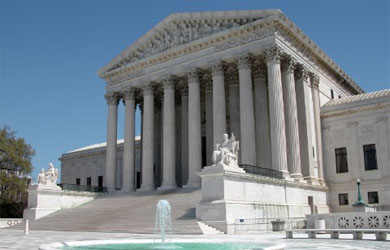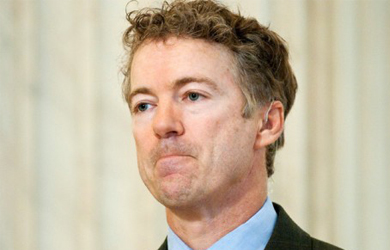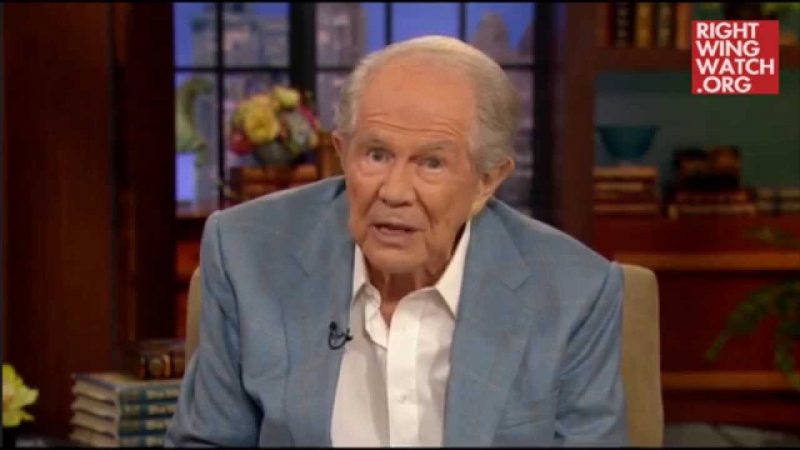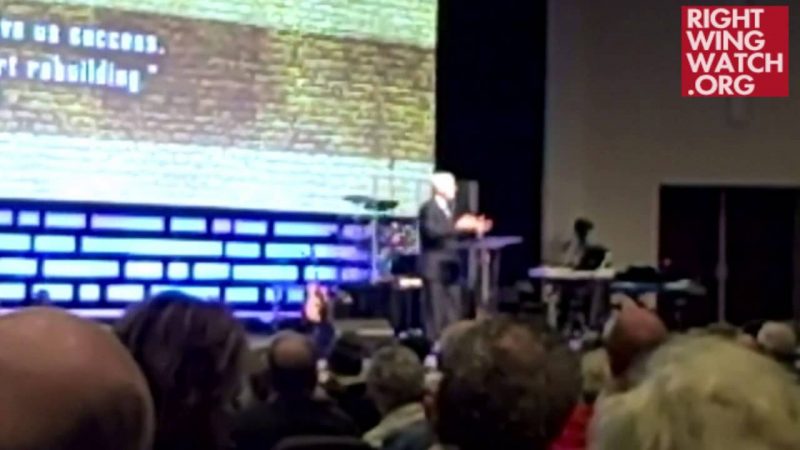In the 2004 presidential election, President Bush used “dog whistle” politics during a debate with John Kerry by subtly linking the Dred Scott case to Roe v. Wade. This year, Republican vice presidential pick Paul Ryan is more explicit about his views. He supported a bill to outlaw all abortions and some contraceptives, and in 2010 he said that the “the Supreme Court made virtually the identical mistake” in Roe v. Wade that it made in the 1857 Dred Scott case:
Yet, identifying who “qualifies” as a human being has historically proved to be more difficult than the above examples suggest. Twice in the past the U.S. Supreme Court—charged with being the guardian of rights—has failed so drastically in making this crucial determination that it “disqualified” a whole category of human beings, with profoundly tragic results.
The first time was in the 1857 case, Dred Scott v. Sandford. The Court held, absurdly, that Africans and their American descendants, whether slave or free, could not be citizens with a right to go to court to enforce contracts or rights or for any other reason. Why? Because “among the whole human race,” the Court declared, “the enslaved African race were not intended to be included…[T]hey had no rights which the white man was bound to respect.” In other words, persons of African origin did not “qualify” as human beings for purposes of protecting their natural rights. It was held that, since the white man did not recognize them as having such rights, they didn’t have them. The implication was that Africans were property—things that white persons could choose to buy and sell. In contrast, whites did “qualify,” so government protected their natural rights.
Every person in this country was wounded the day this dreadful opinion was handed down by this nation’s highest tribunal. It made a mockery of the American idea that human equality and rights were given by God and recognized by government, not constructed by governments or ethnic groups by consensus vote. The abhorrent decision directly led to terrible bloodshed and opened up a racial gap that has never been completely overcome. The second time the Court failed in a case regarding the definition of “human” was in Roe v. Wade in 1973, when the Supreme Court made virtually the identical mistake. At what point in time does a human being exist, the state of Texas asked. The Court refused to answer: “We need not resolve the difficult question of when life begins. When those trained in the respective disciplines of medicine, philosophy, and theology are unable to arrive at any consensus, the judiciary, at this point in the development of man’s knowledge, is not in a position to speculate as to the answer.” In other words, the Court would not “qualify” unborn children as living persons whose human rights must be guaranteed.
…
At the core, today’s “pro-choice” liberals are deeply pessimistic. They denigrate life and offer fear of the present and the future—fear of too many choices and too many children. Rather than seeing children and human beings as a benefit, the “pro-choice” position implies that they are a burden. Despite the “pro-choice” label, liberals’ stance on this subject actually diminishes choices, lowers goals, and leads us to live with less. That includes reducing the number of human beings who can make choices.
In contrast, pro-life conservatives are natural optimists. On balance, we see human beings as assets, not liabilities. All conservatives should find it easy to agree that government must uphold every person’s right to make choices regarding their lives and that every person’s right to live must be secured before he or she can exercise that right of choice. In the state of nature—the “law of the jungle”—the determination of who “qualifies” as a human being is left to private individuals or chosen groups. In a justly organized community, however, government exists to secure the right to life and the other human rights that follow from that primary right.








